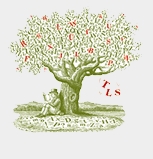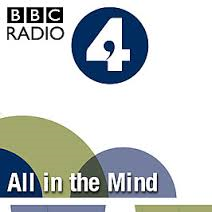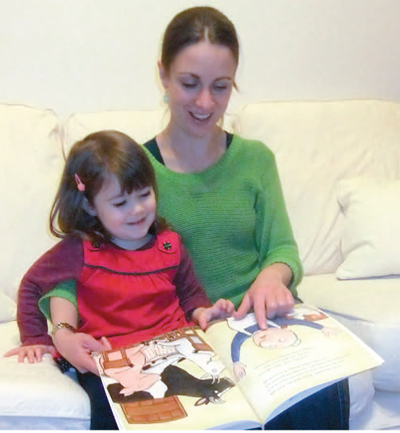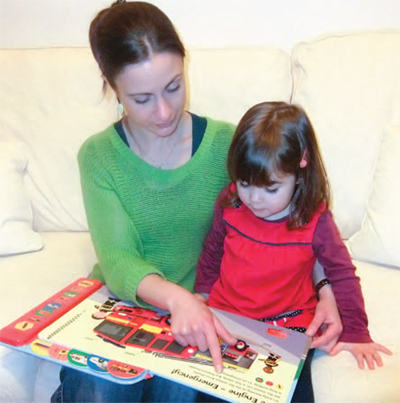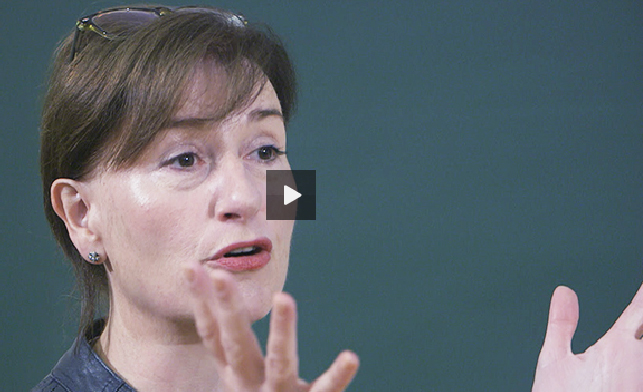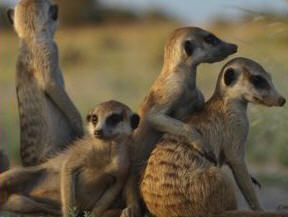
Broadcasts
|
Celia Heyes on Cognitive Gadgets.
Social Science Bites, June2018 The Evolution of Cognition. The Measure of Everyday Life, US public radio, March 2019
The Chandaria Lectures
For a general
audience: Lecture 1 Cognitive Gadgets Lecture 2 Gadgets for Mindreading and Imitation Lecture 3 Cultural Evolutionary Psychology
Evolutionary psychology casts the human mind as a collection of cognitive instincts - organs of thought shaped by genetic evolution and constrained by the needs of our Stone Age ancestors. This picture was plausible 25 years ago but, I argue, it no longer fits the facts. Research involving infants and nonhuman animals now suggests that genetic evolution has merely tweaked the human mind, making us more friendly than our pre-human ancestors, more attentive to other agents, and giving us souped-up, general-purpose mechanisms of learning, memory and control. Using these resources, our special-purpose organs of thought are built in the course of development through social interaction. They are products of cultural rather than genetic evolution; cognitive gadgets rather than cognitive instincts. Chandaria Lectures, Institute of Philosophy, Senate House, University of London, 8-15 December 2017. |
|
|
On human irrationality (audio file of interview)
Interview with Stig Abell, editor of the Times Literary Supplement, on 'The Enigma of Reason' by Hugo Mercier and Dan Sperber. Released on 26 July, 2017. The segment starts at 18:00 minures.
Heyes, C. M. (2017) From deflection to despair. Review of ‘The Enigma of Reason’ by Hugo Mercier and Dan Sperber. The Times Literary Supplement, 28 July. |
|
|
Interview with Claudia Hammond, the presenter of 'All in the Mind' on BBC Radio 4. Broadcast on 16 December, 2014. The segment on mirror neurons starts at 13.12 minutes. Heyes, C. M. (2013) A new approach to mirror neurons: developmental history, system-level theory and intervention experiments. Cortex, 49, 2946-2948. Heyes, C. M. (2010) Mesmerising mirror neurons. NeuroImage, 51, 789-791. |
|
Abstract: It is not just a manner of speaking: “Mind reading,” or working out what others are thinking and feeling, is markedly similar to print reading. Both of these distinctly human skills recover meaning from signs, depend on dedicated cortical areas, are subject to genetically heritable disorders, show cultural variation around a universal core, and regulate how people behave. But when it comes to development, the evidence is conflicting. Some studies show that, like learning to read print, learning to read minds is a long, hard process that depends on tuition. Others indicate that even very young, nonliterate infants are already capable of mind reading. Here, we propose a resolution to this conflict. We suggest that infants are equipped with neurocognitive mechanisms that yield accurate expectations about behaviour (“automatic” or “implicit” mind reading), whereas “explicit” mind reading, like literacy, is a culturally inherited skill; it is passed from one generation to the next by verbal instruction. Heyes, C. M. & Frith, C. (2014) The cultural evolution of mind reading. Science, 344, 1243091. DOI: 10.1126/science.1243091. |
|
|
Abstract: Many philosophers and psychologists believe that the capacity to ‘read minds’ or ‘mentalise’ depends on dedicated cognitive processes—processes that operate in a different way from those involved in other tasks—and that, in the course of human evolution, natural selection has produced a highly specific, genetically inherited predisposition to develop these dedicated mindreading processes. This has been described as the nativist or modular view of mindreading and contrasted with more developmental or constructivist accounts, which emphasise the importance of the individual’s experience, and especially their social experience, in the development of mindreading. Nativist views tend to be representationalist and built on laboratory-based experimental methods, whereas constructive views tend to resist representationalism and to draw on more naturalistic empirical methods. My recent work has crossed these traditions by assuming that mindreading is representational; proposing that these representations are products of cultural evolution; and challenging what are normally regarded as the more rigorous empirical methods on their own ground. This lecture will compare mindreading with print (or script) reading, a capacity that emerged too recently in human history to be dependent on genetically evolved cognitive processes. This comparison helps to clear the ground for close examination of recent experiments that have fortified nativist views by seeming to show that nonhuman primates, infants, and adults are capable of automatic or implicit mindreading. It also introduces the ‘softer’ but compelling evidence that the development of mindreading is crucially dependent on linguistic communication between adults and children. Keynote lecture, European Society for Philosophy and Psychology, organised by Daniel Cohnitz, Ian Phillips, Hannes Rakoczy & Gillian Ramchand, University of Tartu, 14-17 July 2015. Details of the meeting and podcasts of all invited talks at http://espp2015.ut.ee/?page_id=9 |
|
|
How do we know what's in other people's minds? How is this 'mindreading ability' influenced by our cultural and evolutionary backgrounds? When do we develop this skill? Keynote lecture, Royal Holloway, University of London. 27th January 2015 |
|
|
Simple
minds: a qualified defence of associative learning
Royal Society Discussion Meeting, ‘Animal Minds: From Computation to Evolution’, organised by Nicola Clayton, Uri Grodzinsky and Alex Thornton, London, 16-17 January 2012. Details of the meeting and audio podcasts of all talks at http://royalsociety.org/events/2012/animal-minds-computation/ |
|
|
Cultural inheritance of
cultural learning
Workshop on ‘New Thinking: The Evolution of Human Cognition’, funded by All Souls College, the British Academy, Guarantors of Brain and Magdalen College, University of Oxford, June 2011. For details of the meeting and audio/video podcasts of all talks click here. |
|
|
Abstract: Research on social learning in animals has revealed a rich variety of cases where animals - from caddis fly larvae to chimpanzees – acquire biologically important information by observing the actions of others. A great deal is known about the adaptive functions of social learning, but very little about the cognitive mechanisms that make it possible. Even in the case of imitation, a type of social learning studied in both comparative psychology and cognitive science, there has been minimal contact between the two disciplines. Social learning has been isolated from cognitive science by two longstanding assumptions: that it depends on a set of special-purpose modules – cognitive adaptations for social living; and that these learning mechanisms are largely distinct from the processes mediating human social cognition. Recent research challenges these assumptions by showing that social learning co-varies with asocial learning; occurs in solitary animals; and exhibits the same features in diverse species, including humans. Drawing on this evidence, I argue that social and asocial learning depend on the same basic learning mechanisms; these are adapted for the detection of predictive relationships in all natural domains; and they are associative mechanisms – processes that encode information for long-term storage by forging excitatory and inhibitory links between event representations. Thus, human and nonhuman social learning are continuous, and social learning is adaptively specialised – it becomes distinctively ‘social’ – only when input mechanisms (perceptual, attentional and motivational processes) are phylogenetically or ontogenetically tuned to other agents. Royal Society Satellite Meeting, ‘Social Learning in Human and Nonhuman Animals: Theoretical and Empirical Dissections’, organised by Andrew Whiten, Kavli Royal Society International Centre, Buckinghamshire, 1-2 July 2010. Details of the meeting and audio podcasts of all talks at http://royalsociety.org/events/2010/social-learning/ |
|
